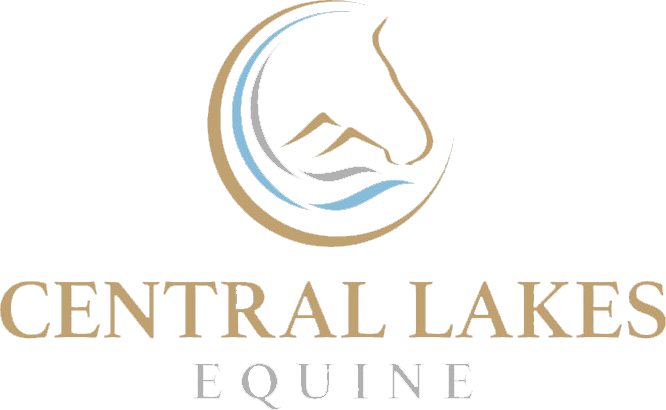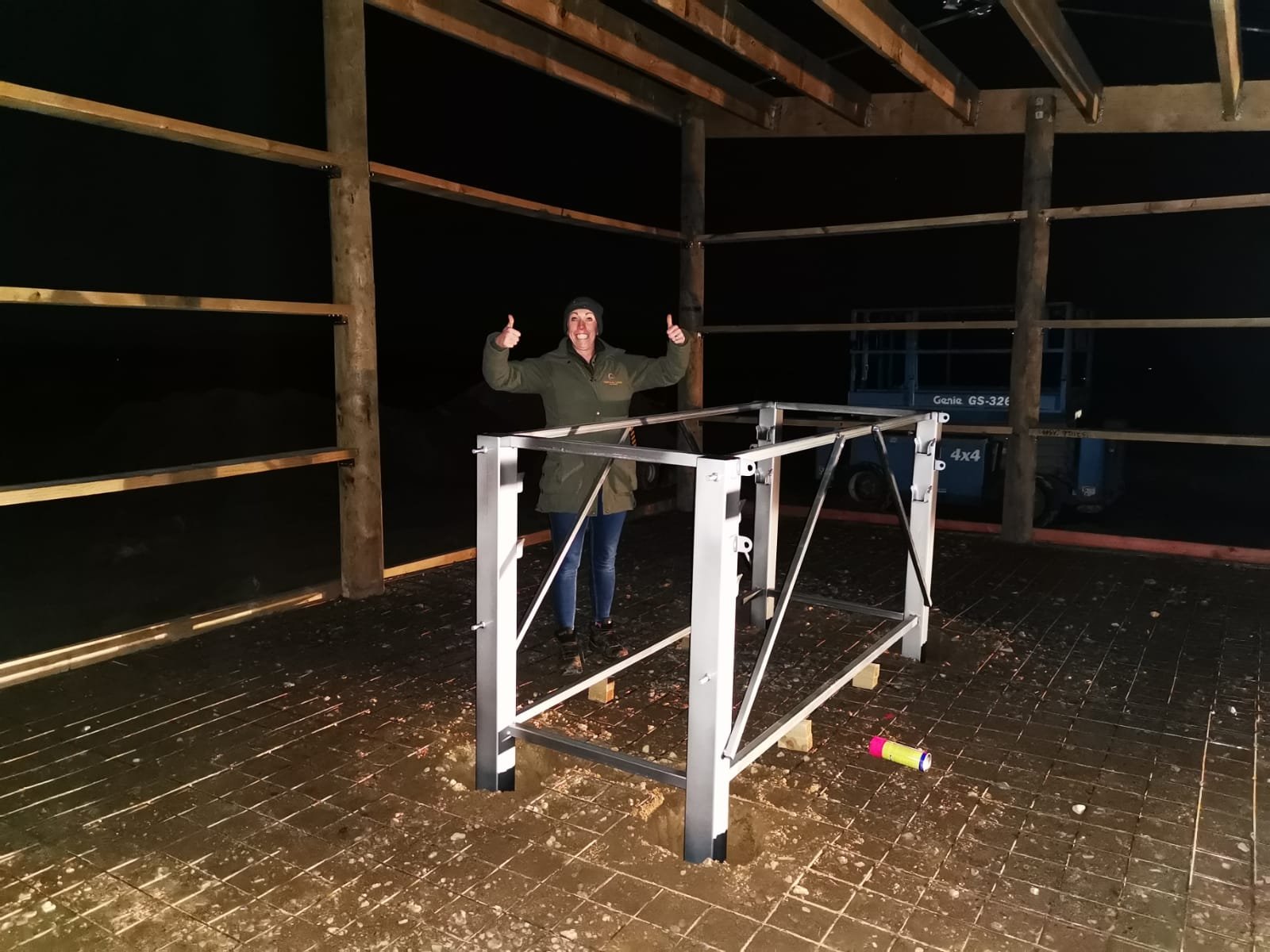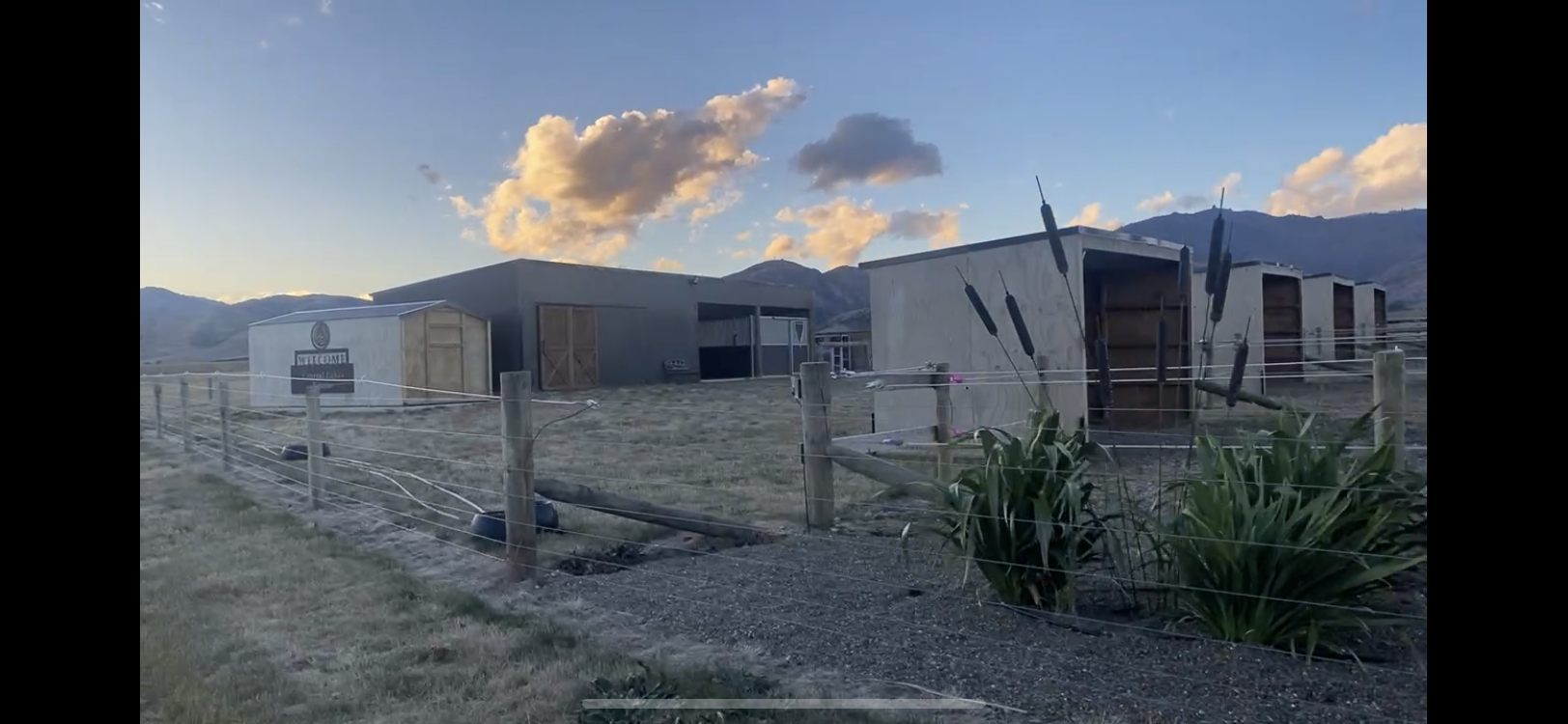The hock is a complex structure with many bones, tendons, ligaments and bursae. Today we are talking about the type of swelling that is commonly known as ‘capped hock’ and forms a round swelling, like a baseball cap, on top of the bone termed the calcaneus, the point of the hock, which is equivalent to the heel of our foot.
Tendons, equivalent to the Archilles tendon, attach at this point, while another (the superficial digital flexor tendon), travels over the point of the hock and continues down the limb.
To provide cushioning to these tendons there are fluid filled bursae between these tendons and the skin.
A capped hock occurs when there is swelling of the subcutaneous calcaneal bursa and is typically the result of trauma such as kicking a fixed object. However, wounds in this region can also provide a point of entry for bacteria and in 40% of horses the superficial subcutaneous calcaneal bursa joins up with the deeper intertendinous calcaneal bursa allowing infection to spread to deeper tissues.
Therefore, wounds in this region are an emergency. Injury to the tendons or fracture of the calcaneus can also cause swelling in this region so radiographs and ultrasound are sometimes necessary to know the best course of treatment.




































